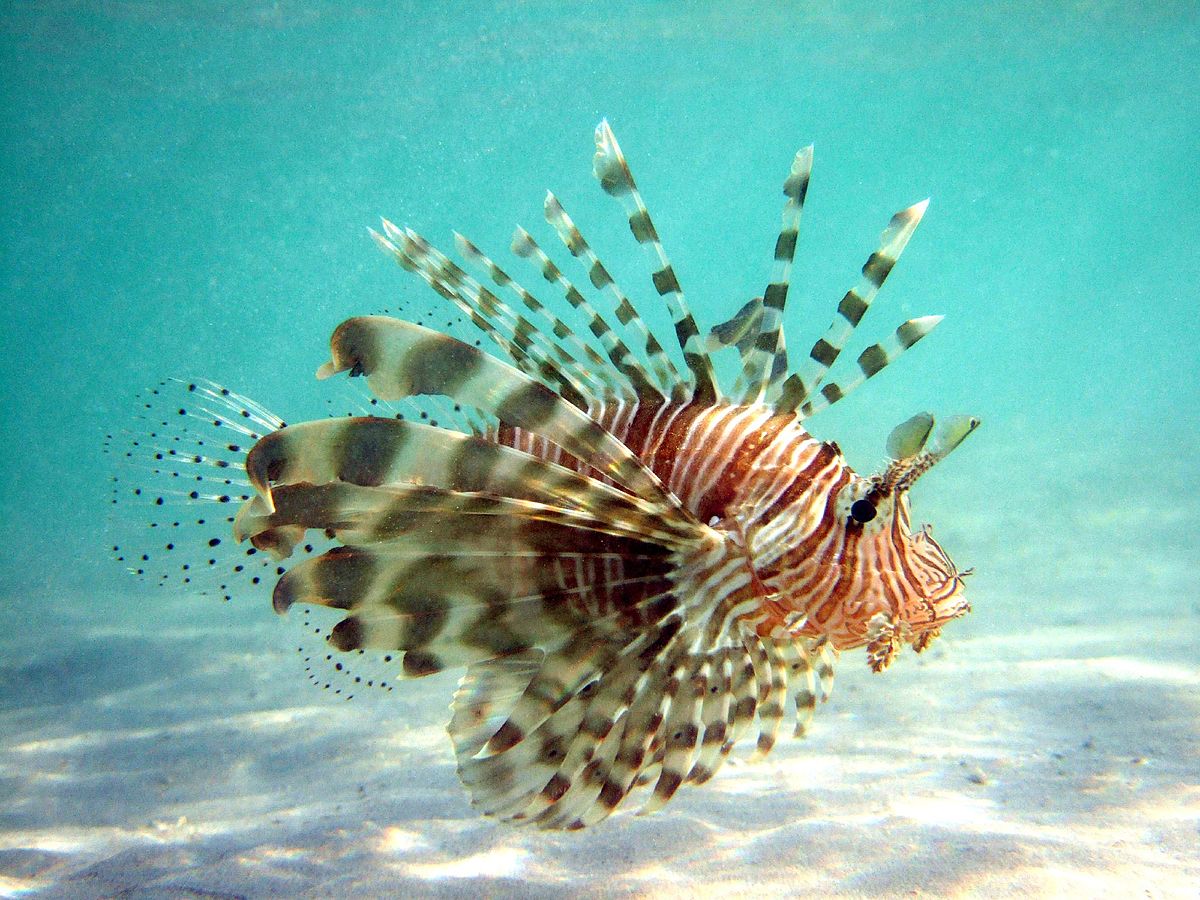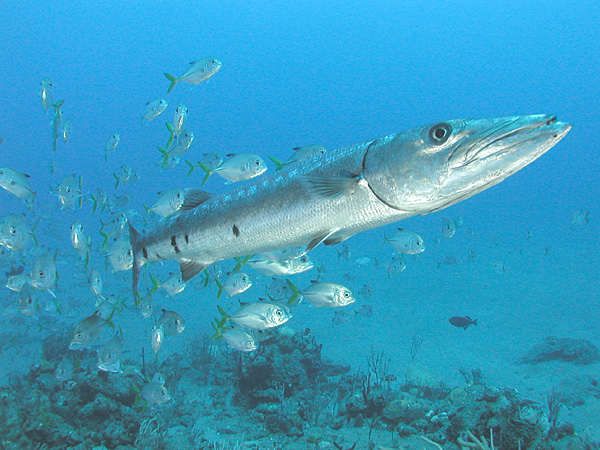These 8 Sea Monsters are Deadlier than Sharks
OutdoorHub Reporters 07.26.17

Oftentimes, especially around this week, sharks get all the attention for being the ocean’s top predator, but there are plenty of other fish in the sea.
Deadly venom, stealthy camouflage that blends in with the sea floor, and ruthless killer instincts, these eight creatures are freakier (and even more dangerous to humans) than sharks:
8. Lionfish

Lionfish are pretty handsome with their long feathery fins and striking red-and-white stripes, but don’t get too close; one prick from one of these fish can be extraordinarily painful. See, each of those long feathery spines is full of venom. One sting can easily drop an adult to the ground in extreme pain, nausea, fever, convulsions and numbness. These effects can even last for days at a time.
7. Seasnake

This snake is perfectly adapted for life in the water. They have huge lungs that take up most of their body and allows them to glide underwater for hours without a breath.
Not only are these snakes able to live where no other snake can, they also possess the most deadly bite of any snake on Earth too. One drop of venom from one of these snakes could take out three people.
6. Barracuda

The wolf of the ocean. These long torpedo-like fish with fangs are fierce, aggressive, and just plain jerks. Unlike sharks, which strike multiple times, barracudas don’t like to waste any time, and will typically try to take out their prey with one massive bite.
Barracudas can grow to be over 6 feet in length, and their slender bodies are very powerful. Divers should pay extra attention when jumping in the water, because any metal jewelry or flashy diving equipment could trigger a cuda attack.
Plus, a barracuda killed Nemo’s mom – total jerk move, right?
5. Cone Snail

If you see a cone snail, you’ll be very tempted to pick it up, because it will look like a tiny piece of art crawling across the sand, but beware! These tiny critters are concealing a tiny little weapon, and it packs a heck of a punch. If threatened, cone snails have the ability to unleash a tiny, barbed harpoon stinger capable of taking down prey much larger than itself.
4. Stonefish

The stonefish is the most venomous fish in the world. It’s also one of the best at hiding itself in plain sight in order to trick its prey. Unlike its flashy and handsome cousin, the lionfish, stonefish use camouflage to blend into the sand on the ocean floor.
This fish is armed with thirteen sharp spines on its back, and if stepped on, its venom could cause seizures, paralysis, and in extreme cases, death.
Watch your step!
3. Blue-Ringed Octopus

Small enough to fit in your pocket, this octopus is just as cute as it is dangerous. You might think those magnificent blue rings are just for looks, but if they start flashing, consider that your first and only warning.
A bite from a blue-ringed octopus causes numbness, nausea, difficulty standing, and respiratory paralysis, all within minutes of being bit.
2. Saltwater Crocodile

This is one ocean predator that needs no introduction in any body of water. Native to Australia and Southeast Asia, these crocs are the largest, most aggressive, and most dangerous of the croc family.
These prehistoric monsters are HUGE! More than 20 feet in length in some cases. They’re good swimmers, too, and can range way out to sea. And when pitted against the famed top predator of the ocean (sharks), they’re simply just an appetizer for a saltwater croc.
1. Boxed Jellyfish

And now for the true #1 killer of the ocean, and it doesn’t even have a brain.
Box jellyfish are responsible for more deaths annually than any other sea animal. Its poison isn’t just the most toxic in the entire ocean, it’s among the most powerful toxins of any kind in the entire world.

